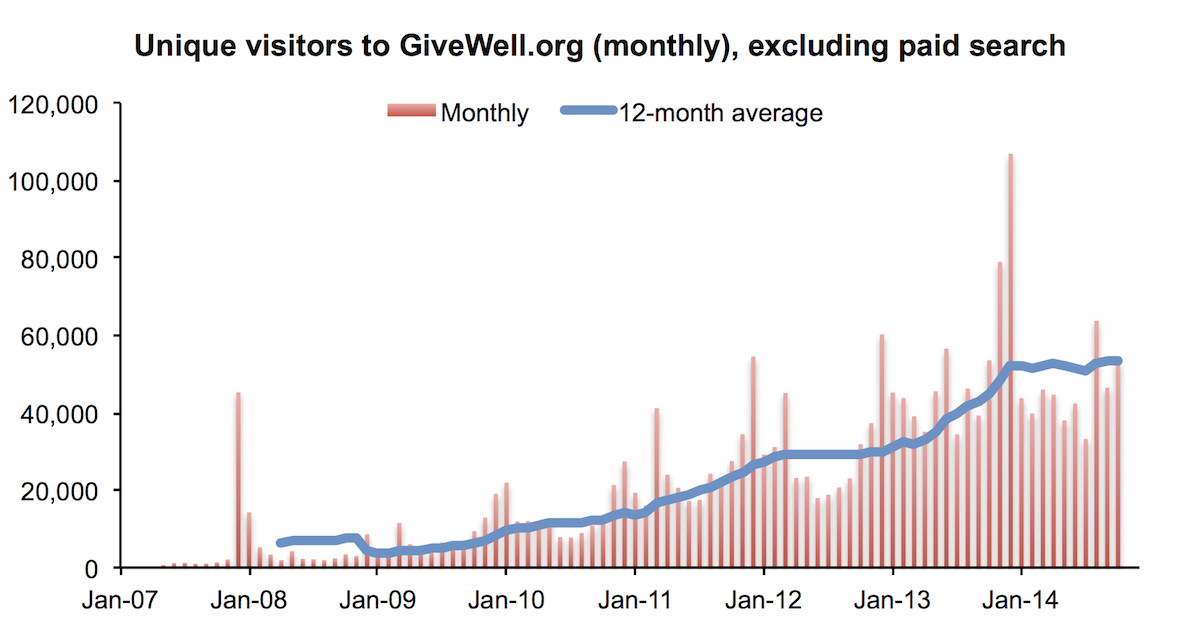Last November, we held a day-long convening in Washington, D.C. to discuss possible priorities for Open Philanthropy Project work on U.S. policy.
Our main goal was to present our picture of several policy issues, as well as to receive input to inform upcoming decisions about which issue(s) we should focus on. For each issue, we laid out what sort of change we’d like to see, why we find the issue especially promising for philanthropy, what the current landscape looks like (including other funders), and what possible strategies might look like. We sought feedback on all of these points, as well as ideas for promising issue areas and promising strategies that haven’t occurred to us.
We’ve now posted a summary of points raised at the convening, a partial list of participants, and the briefing materials for the convening here:
Many points were raised at the convening, and it served as an input into our overall strategy setting on U.S. policy (which we will be writing more about). Some of the highlights, from our perspective, were:
- We had a fair amount of discussion of active vs. passive funding. Our discussion reinforced the importance of finding people we’re comfortable giving unrestricted support to if possible, while being willing to make compromises and engage in some degree of “active funding” on particular issues.
- Reactions to the causes we’re considering varied considerably. Participants were generally quite positive on macroeconomic policy (feeling that aspects of it are under-attended to) and criminal justice reform (seeing, as we do, a window of opportunity). By contrast, there was a much more mixed and hesitant reaction to some other causes we’re considering, such as labor mobility. We aren’t necessarily inclined to favor the causes that received a more positive reaction, since we see a great deal of value in working on issues whose value isn’t widely recognized. However, hearing the different reactions helped us understand which of our potential causes might present particular challenges in terms of communications and coalition building.
- We discussed the goal of strengthening the general community that shares our policy priorities (in particular, prioritizing both economic efficiency and global humanitarianism). One idea that came up in this regard was that of funding scholarships and fellowships, in order to encourage people to get interested in issues we consider important early in their careers. However, the convening also reinforced our view that this sort of goal will probably be easier to work on after we’ve done more concrete work and gained experience, strengthened our networks, etc.
- We got many suggestions for potential causes to look into.



